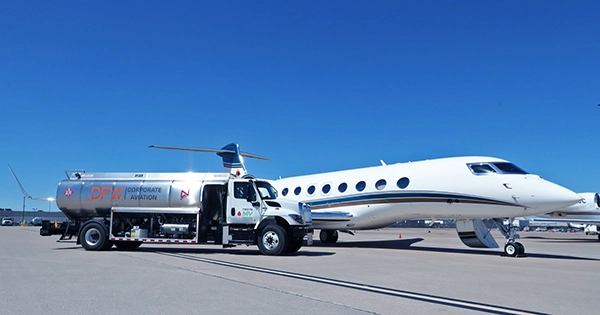A Wireless Sensor Network is a type of wireless network that consists of a large number of circulating, self-directed, minute, low-powered sensors known as motes. A Wireless Sensor Network’s structure includes various topologies for radio communications networks. The following is a brief discussion of the network topologies that apply to wireless sensor networks:
The structure of WSNs includes different types of topologies for radio communications networks.
(1) Star Network:
A star network is a communications topology in which a single base station can send and/or receive messages to a number of remote nodes. The remote nodes are not allowed to communicate with one another. It is also known as a single point-to-multipoint communications topology because one base station can send and receive messages to a variety of remote nodes. The remote nodes are not permitted to send messages.
The advantages of these networks for wireless sensor networks include simplicity and the ability to keep the remote node’s power consumption to a minimum. It enables low-power communication between the remote node and the base station.
The disadvantage of such a network is that the base station must be within the radio transmission range of all the individual nodes and isn’t as robust as other networks because of its dependency on a single node to manage the whole network.
(2) Mesh Network:
A mesh network allows data to be transmitted from one node in the network to another within its radio transmission range. This enables multi-hop communications, which means that if a node wants to send a message to another node that is out of radio communications range, it can use an intermediate node to forward the message to the desired node.
This enables multi-hop communications, which means that if a node wants to send a message to another node that is out of radio communications range, it can use an intermediate node to forward the message to the specific node.
This topology combines redundancy and scalability. When an individual node fails to function, a remote node can still communicate with another node in its range, which can then forward the message to the specified location. Furthermore, the network’s range is not necessarily limited by the distance between single nodes; it can simply be extended by adding more nodes to the system.
(3) Hybrid Star:
A hybrid Star is a combination of a star network and a mesh network that provides a strong and versatile communications network while keeping the wireless sensor node’s power consumption to a minimum. In network topology, the sensor nodes with the lowest power are not enabled to forward messages. This allows for minimal power consumption to be maintained.
Similarly, other nodes on the network have multi-hop capability, allowing them to forward messages from low-power nodes to other nodes on the network. Other nodes on the network, on the other hand, have multi-hop capability, allowing them to forward messages from the low-power nodes to other nodes on the network. Generally, the nodes with the multi-hop capability are a higher power, and if possible, are often plugged into the electrical mains line.
















